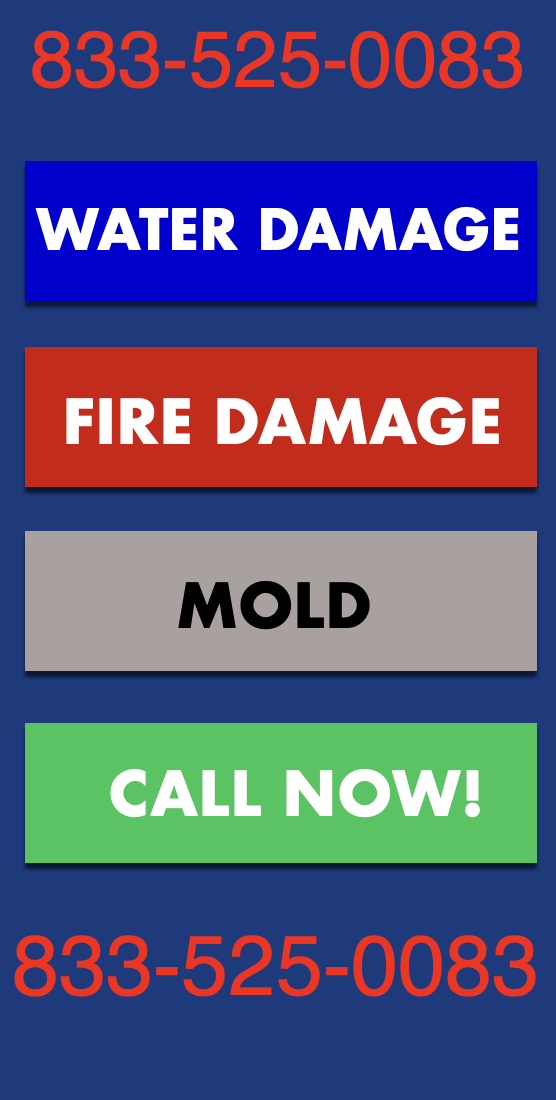Ice and Snow Damage Boise
Ice and snow damage remediation encompasses the strategies and processes implemented to repair and restore areas adversely impacted by harsh winter conditions, such as icy build-ups and snow accumulation. This damage commonly manifests on structures exposed to winter elements, such as roofs, sidewalks, and driveways.
Structural ice damage becomes a notable concern for many buildings in regions experiencing cold, snowy winters, such as Boise. This damage happens when ice accumulates on structures, potentially weakening them to collapse, and posing a significant danger to inhabitants and passersby.
Different Facets of Ice and Snow Damage
- Ice Damming:
- Ice damming refers to ice accumulation along roof eaves, hindering melted snow drainage. Continual melting can result in leaks into the building, precipitating water damage and potentially encouraging mold growth. In severe instances, the weight of the ice may lead to roof collapse. Preventative measures include appropriate insulation, regular removal of snow and ice from the roof, and ensuring the functionality of gutters and downspouts.
- Frost Heave:
- Frost heave occurs when the freezing and expansion of water in the soil beneath a foundation cause it to lift and crack. This phenomenon can trigger serious structural dilemmas, such as misaligned walls and floors or improperly fitting doors and windows. Effective prevention entails proper foundation insulation, appropriate soil grading around the foundation, and snow and ice removal to prevent soil freezing.
- Icicle Formation:
- Icicles can pose a hazard, particularly those dangling from roofs or overhangs. Preventing icicle formation involves regular snow removal from roofs, adequate building insulation, and sealing any leaks or drafts.
Additionally, structural damage can arise not only from ice but also from the de-icing chemicals utilized to melt it. These chemicals might corrode metal components and damage brick and concrete surfaces, necessitating cautious and minimal application and selecting chemicals designed specifically for building use.
Preventative Approaches
Engaging a professional to conduct regular building inspections can identify and mitigate potential issues before they escalate into serious problems. Proactive weather monitoring and preparation for extreme conditions, such as heavy snowfall or intense cold, is vital. This might involve installing snow guards, regularly clearing snow and ice, and ensuring thorough insulation and sealing of the building.
Remediation of Ice and Snow Damage in Boise
Removing ice and snow damage involves assessing the damage to determine the requisite repairs. Inspecting roofs, structures, and surrounding landscapes for damage or leaks is crucial. Subsequent steps involve executing necessary repairs, such as sealing leaks and repairing or replacing damaged shingles, tiles, or concrete sections.
Preventative actions, such as installing guards, applying de-icing chemicals, or other strategies to thwart ice and snow accumulation, are also integral to remediation efforts. Stakeholders can safeguard their investments by identifying, repairing, and preventing damage, ensuring structures remain safe and operational throughout the winter.
Conclusion
Addressing structural ice damage caused by various factors, including ice damming, frost heave, and icicles, is paramount for maintaining the safety and integrity of buildings, particularly in harsh winter conditions. Implementing preventative maintenance, preparing for extreme weather, and employing effective remediation processes are pivotal in mitigating the risks and impacts of structural ice damage, preserving the security and functionality of buildings during winter.
- Toilet Overflowing with Poop
- Wet Carpet Smell Health Risks
- Water in crawl space after heavy rain normal
- How to make a successful water leak insurance claim
- Flood Insurance Idaho
- Water Damage Mitigation
- Smoke Damage Boise
- Attic Mold Removal
- Roof Storm Damage
- Sudden Loss of Water Pressure In Whole House
